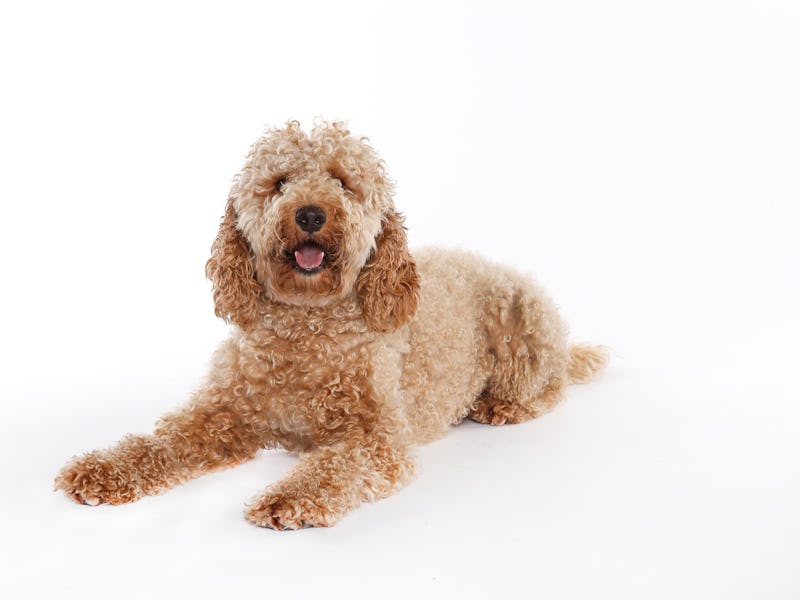Dog genome study finds surprising truth about labradoodles
Seems these labradoodles carry a bit of extra "-oodle" in their genes.

Mixed-breed dogs like the cockapoo, corgipoo, and goldendoodle all have a common parent: the poodle.
With their curly, low shed coats, poodles are thought to be hypoallergenic. And as a result, they are commonly crossed with other breeds to create both an adorable dog and a pooch with a less-sheddy coat.
When breeders do cross a poodle with another dog breed, the resulting dog is customarily named with a portmanteau that gives equal weight to both breeds.
But the dogs' genes tell a strikingly different story.
A new genomic analysis of Australian labradoodles reveals "an excess of the poodle genome," researchers report in a study published Thursday in the journal PLOS Genetics. The findings expose the genetic underpinnings of a common breeding practice that combines purebred dogs with existing breeds.
Australian labradoodles are a twist on the original hybrid — the creator of which has since called his "life's regret."
The Aussie version is a mix of a Labrador retriever, poodle, and cocker spaniel.
Dog breeds considered in the study.
Researchers say that better understanding genomic diversity in domestic dogs can help illuminate the fields of mammal biology, evolution, and animal behavior.
Today, 350 dog species are recognized — many of them hybrids. But intense breeding and hybridization can lead to breeds that suffer from particular diseases. Take brachycephalic, or flat-faced dogs, like pugs and bulldogs. The animals' physiology causes respiratory problems; the shape of their head, throat, and muzzle can flatten or shrink breathing passages.
In response to excess disease risks, breeders have taken to crossing purebred dogs with other existing breeds, hoping to "enrich" breed lines by selecting for desirable traits from both parents.
The new genetic analysis takes a closer look at how those breeds are developed — and in the case of the Australian labradoodle, the result is predominantly poodle. The dogs have just a few alleles, or gene variants, that contribute to a different coat type compared to a classic poodle, hence the new look. But otherwise, these Good Boys are pretty much all poodle, the researchers report.
"This study demonstrates that changes in very few genes can define a new breed and demonstrates how breeds can form in a small number of generations," the study authors write.
The findings push researchers toward understanding the genetics that go into creating new dog breeds.
"This study provides a blueprint for understanding how dog breeds are formed, highlighting the limited scope of desired traits in defining new breeds," the study authors write.
Abstract: The genomic diversity of the domestic dog is an invaluable resource for advancing understanding of mammalian biology, evolutionary biology, morphologic variation, and behavior. There are approximately 350 recognized breeds in the world today, many established through hybridization and selection followed by intense breeding programs aimed at retaining or enhancing specific traits. As a result, many breeds suffer from an excess of particular diseases, one of many factors leading to the recent trend of “designer breed” development, i.e. crossing purebred dogs from existing breeds in the hope that offspring will be enriched for desired traits and characteristics of the parental breeds. We used a dense panel of 150,106 SNPs to analyze the population structure of the Australian labradoodle (ALBD), to understand how such breeds are developed. Haplotype and admixture analyses show that breeds other than the poodle (POOD) and Labrador retriever (LAB) contributed to ALBD formation, but that the breed is, at the genetic level, predominantly POOD, with all small and large varieties contributing to its construction. Allele frequency analysis reveals that the breed is enhanced for variants associated with a poodle-like coat, which is perceived by breeders to have an association with hypoallergenicity. We observed little enhancement for LAB-specific alleles. This study provides a blueprint for understanding how dog breeds are formed, highlighting the limited scope of desired traits in defining new breeds.